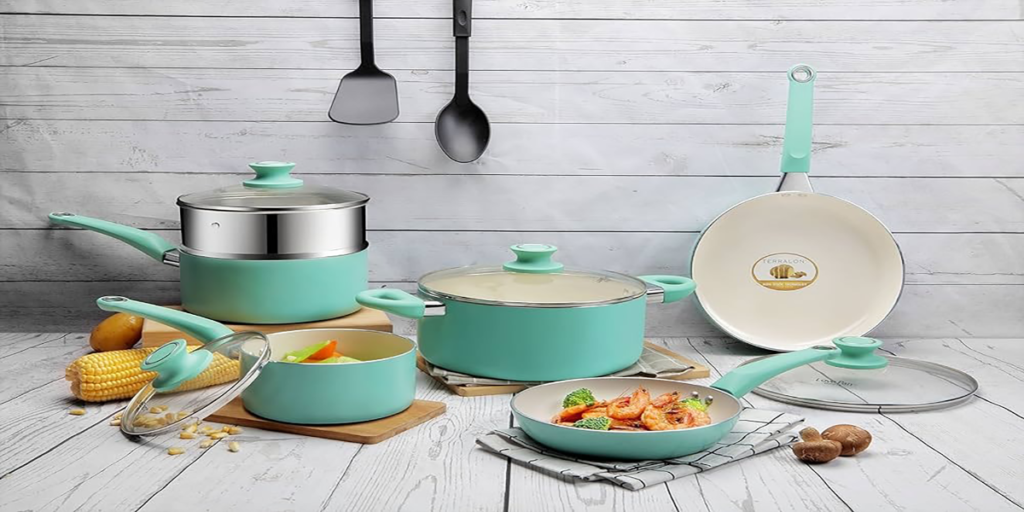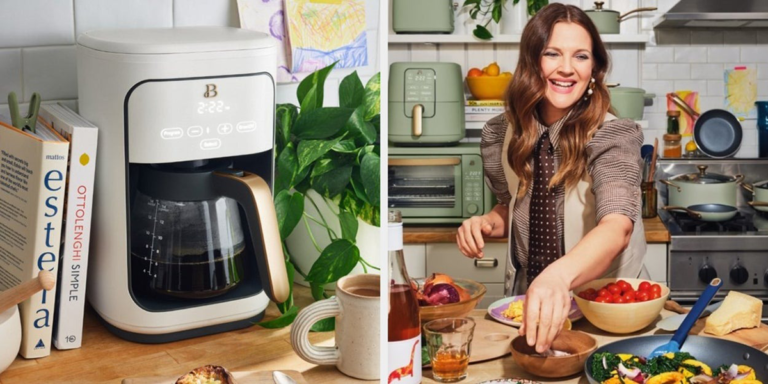Healthy Eating on a Budget: Tips and Recipes for Nutritious Meals
Maintaining a healthy diet doesn’t have to break the bank. With a bit of planning, creativity, and smart shopping strategies, you can enjoy nutritious meals while staying within your budget. Here’s how to make healthy eating affordable and accessible, along with a few recipes to get you started.
Tips for Healthy Eating on a Budget:
- Plan Your Meals: Create a weekly meal plan based on affordable, nutrient-rich ingredients. Incorporate versatile staples like rice, beans, lentils, and oats. Use your plan to make a detailed grocery list to avoid impulse purchases.
- Shop Smart:
- Buy in Bulk: Stock up on pantry essentials like grains, beans, and nuts, which are cheaper when purchased in bulk.
- Seasonal Produce: Choose fruits and vegetables that are in season—they’re often fresher and more affordable.
- Frozen Options: Frozen fruits and vegetables are just as nutritious as fresh ones and last longer, reducing waste.
- Cook at Home: Preparing meals at home is cheaper and healthier than eating out. Experiment with batch cooking and freeze portions for quick, budget-friendly meals throughout the week.
- Reduce Food Waste: Use leftovers creatively in soups, stir-fries, or salads. Store food properly to extend its shelf life.
- Prioritize Protein: Opt for cost-effective protein sources like eggs, beans, lentils, tofu, and canned fish. Use smaller portions of more expensive proteins like chicken or beef, and bulk up meals with vegetables and grains.
Budget-Friendly, Nutritious Recipes
Here are a few simple recipes that are easy on your wallet and packed with nutrients.
- Lentil and Vegetable Soup Serves: 4 | Prep Time: 10 minutes | Cook Time: 30 minutes
Ingredients:
- 1 cup dried lentils
- 4 cups vegetable broth
- 2 carrots, diced
- 1 onion, chopped
- 2 garlic cloves, minced
- 1 cup spinach or kale
- 1 tsp cumin
- Salt and pepper to taste
Instructions:
- Rinse the lentils and set them aside.
- In a large pot, sauté the onions and garlic until fragrant.
- Add the carrots, lentils, broth, and cumin. Bring to a boil, then reduce the heat and simmer for 25 minutes.
- Stir in the greens and cook for another 5 minutes.
- Season with salt and pepper. Serve warm.
- Veggie-Packed Fried Rice Serves: 4 | Prep Time: 10 minutes | Cook Time: 15 minutes
Ingredients:
- 2 cups cooked rice (preferably day-old)
- 2 eggs, beaten
- 1 cup mixed frozen vegetables
- 2 tbsp soy sauce
- 1 tbsp sesame oil or vegetable oil
- 2 green onions, chopped
Instructions:
- Heat oil in a large skillet or wok. Scramble the eggs and set them aside.
- Add the vegetables to the skillet and cook until heated through.
- Stir in the rice and soy sauce, mixing well.
- Add the scrambled eggs and green onions. Cook for 2 more minutes. Serve hot.
- Overnight Oats Serves: 1 | Prep Time: 5 minutes | Chill Time: Overnight
Ingredients:
- 1/2 cup rolled oats
- 1/2 cup milk (or plant-based alternative)
- 1/4 cup yogurt
- 1 tbsp honey or maple syrup
- 1/2 cup fresh or frozen berries
Instructions:
- In a jar or container, combine oats, milk, yogurt, and sweetener.
- Stir in the berries.
- Cover and refrigerate overnight. Enjoy cold in the morning.
Eating healthy on a budget is not only possible but also rewarding. With careful planning, smart shopping, and simple recipes, you can enjoy delicious, nutrient-packed meals without overspending. Start small, experiment with affordable ingredients, and build a habit of mindful eating that benefits both your health and your wallet.
Yes, it is absolutely possible to eat healthy on a budget. By planning meals, buying in bulk, and choosing affordable, nutrient-rich staples like beans, rice, and seasonal produce, you can save money while maintaining a nutritious diet. Cooking at home and minimizing food waste further stretch your budget, making healthy eating both practical and sustainable.
Ten highly nutritious foods include leafy greens like spinach and kale, rich in vitamins; berries, packed with antioxidants; and eggs, a great source of protein. Other options include nuts, seeds, legumes (like lentils and beans), fatty fish (like salmon), whole grains, sweet potatoes, yogurt, and avocados, all offering a mix of essential nutrients. Incorporating these into your meals ensures a balanced and health-boosting diet.
Blueberries are often considered a super fruit due to their high levels of antioxidants, particularly anthocyanins, which support brain health and reduce inflammation. They’re also rich in vitamins C and K, as well as fiber, making them excellent for overall well-being. Adding blueberries to your diet can boost immunity and promote heart health in a delicious way.








